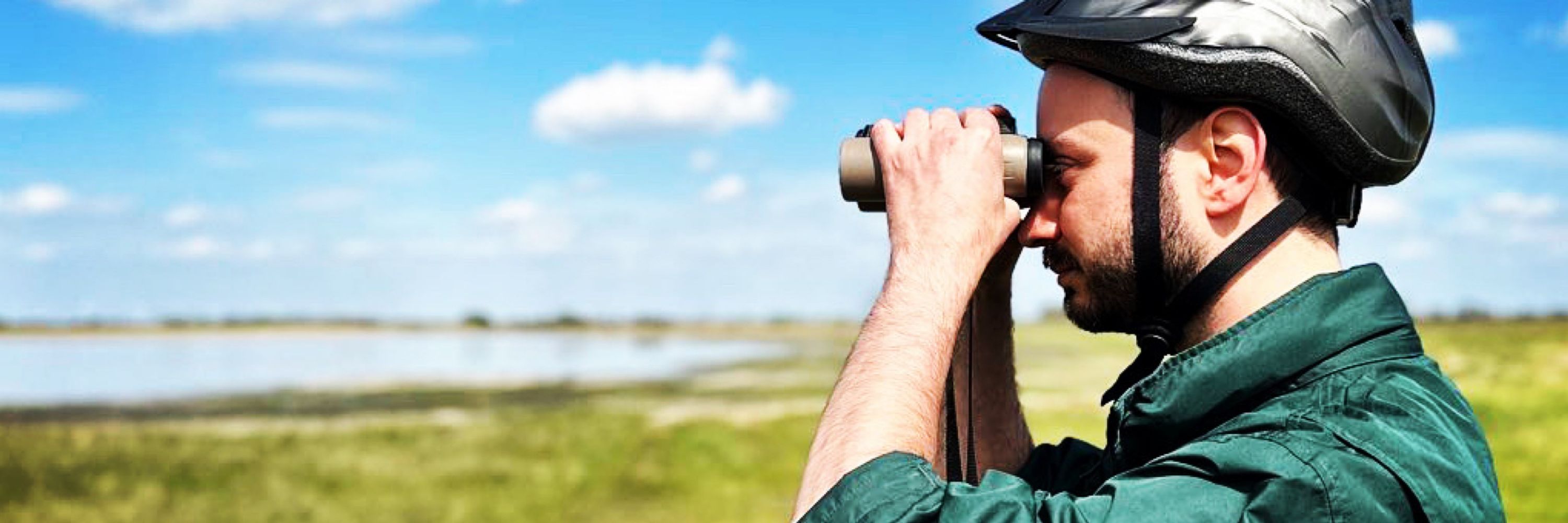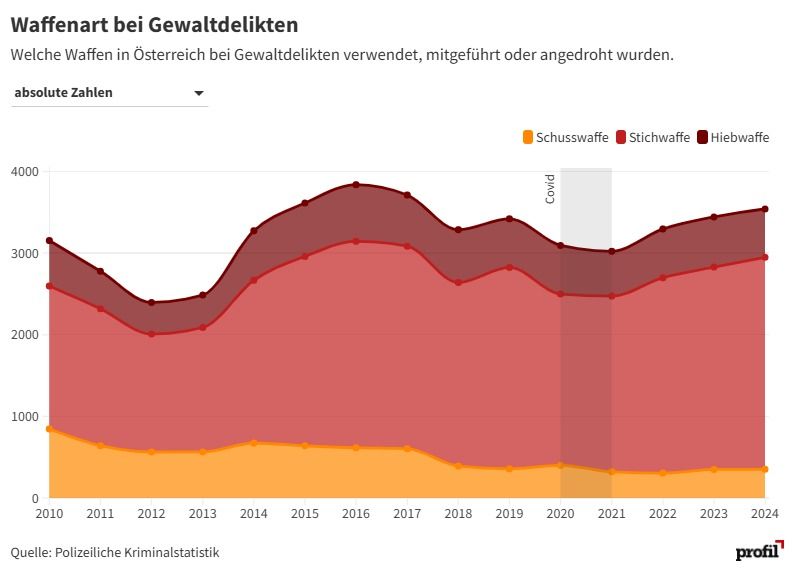Jakob-Moritz Eberl
@jamoeberl.bsky.social
10K followers
1K following
6.9K posts
He / Him | Senior Scientist in Political Communication at @univie.ac.at | #AUTNES 🇦🇹 | #ACPP 💉 | #MEDem 🗳️ @medem.bsky.social.
Posts in 🇦🇹/🇺🇸 about Research, Elections, Public Health, & (Social)Media – sometimes BoardGames 🎲 or Birds 🐦
Posts
Media
Videos
Starter Packs
Pinned
Reposted by Jakob-Moritz Eberl
Reposted by Jakob-Moritz Eberl
Joe Noonan
@joenoonan.se
· 8d

PhD student in Political Science with an orientation towards Politics & AI
The Department of Political Science is a dynamic and strong education and research department at the Faculty of Social Sciences at Stockholm University. The Department aims to be nationally leading an
su.varbi.com
Reposted by Jakob-Moritz Eberl
Reposted by Jakob-Moritz Eberl
Reposted by Jakob-Moritz Eberl
Reposted by Jakob-Moritz Eberl
Reposted by Jakob-Moritz Eberl
Reposted by Jakob-Moritz Eberl
Reposted by Jakob-Moritz Eberl
Reposted by Jakob-Moritz Eberl

















